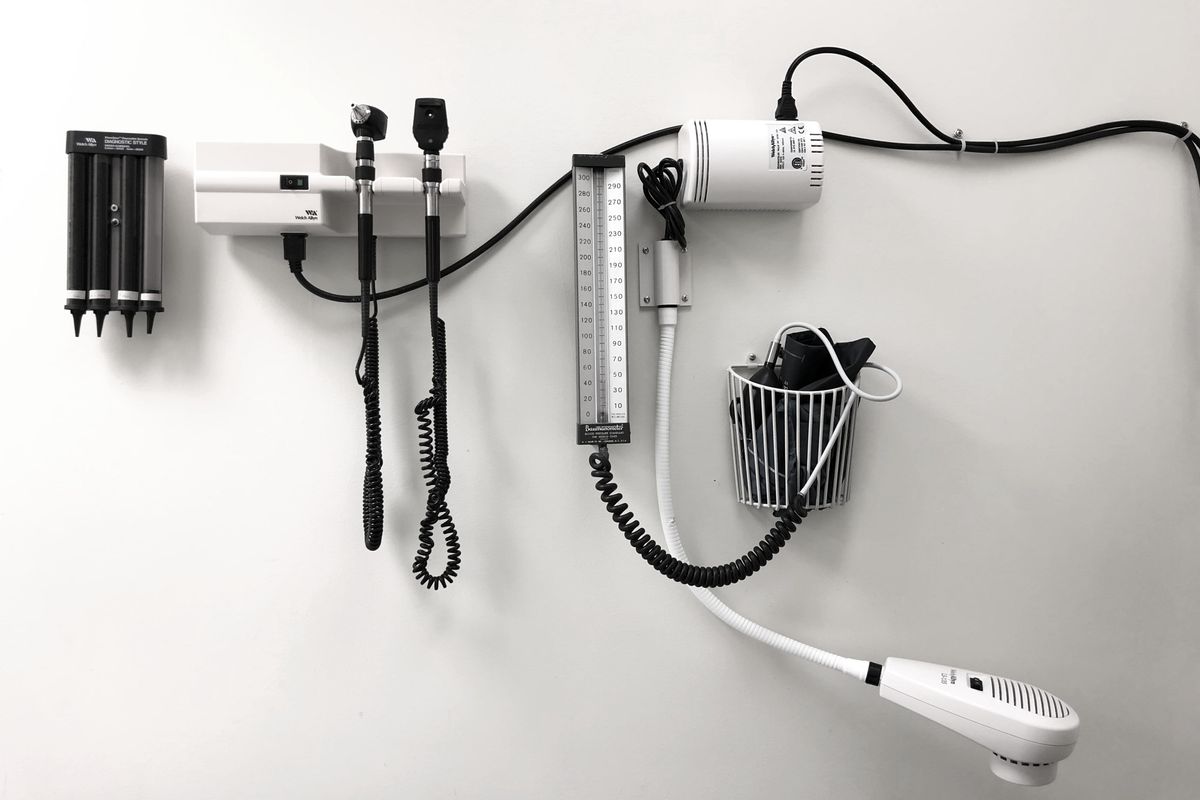3 Rules For “Managing Up” In Your Job

If you are an employee looking to get ahead at your current job, you need to start managing up. Managing up is not difficult and the benefits are worth the time and energy it takes to master it.
Managing up is not manipulation either. It’s simply understanding how to create an exchange that is mutually beneficialâand this kind of exchange cannot occur without trust between both parties.
Here are three rules to successfully “manage up” in your job:
Rule #1: Get To Know Your Manager’s Personal & Professional Agenda

To manage up, you must embrace the idea that you are selling your professional services. You are a business-of-one. It’s time to act like a salesperson, and great salespeople take the time to learn about their clients’ histories, experiences, perceptions, and, subsequently, what it might take to shift those perceptions. I emphasize the word “time” because many of the professionals I work with come to me after making the initial mistake of not getting the detailed information they need to manage up.
A great salesperson is actually a really gifted teacher, someone who patiently and creatively navigates pupils, enabling them to reach the right conclusions on their own. Yet everyone knows teachers can’t make this happen for their students without first determining what the students need to understand. Thus, understanding our managers to the point where we know how to get what we want means doing our homework.
Here are just a few questions we should be seeking the answers to:
- What is my manager ultimately trying to accomplish and why?
- What does he/she value most, both personally and professionally?
- How have past work experiences impacted his/her professional goals?
- How is he/she planning to make his/her mark on the company?
- What role does he/she envision me playing in his/her master plan?
That last question is most important because the answer tells us what our manager thinks we’re capable of. How can we begin to convince managers we can do more without first knowing what they perceive our limits to be?
Doing extensive research on our manager not only keeps us busy but also provides us with a gold mine of information we can use to help connect our own professional goals to those of our manager. And we all know presenting evidence-supported, win-win strategies produces some of the best and fastest results.
Yet, while the “everybody wins” approach is a solid start to being heard and respected by management, we must now explore another sign of a truly successful salesperson, and the next key element to managing up: knowing when NOT to press the sale.
Rule #2: Build A Long-Term Relationship (It Yields More Than A Self-Serving Sale)

The most impressive, unforgettable salesperson isn’t the one who closes the big deal. Rather, it’s the one who upon listening to the needs of its client realizes their product or service actually isn’t a good fit and then tries to help by suggesting viable alternatives.
Now, that’s someone we can trust and respectâsomeone whose honest opinion we would seek again.
The value in thoroughly exploring the what, why, and how of upper management is that we may also get a “heads up” as to why some of our ideas might not work at a certain time. Is pushing a personal agenda worth jeopardizing our credibility?
It’s easy to get caught up in the sale of our professional services, especially when we are dissatisfied on the job. But even when we want something, we must recognize our managers may not be able to meet those demands right away. The timing might be off, or the right pieces might not be in place. And, like that unforgettable salesperson, it’s the employee who recognizes and graciously accepts what can’t be at the moment, and who willingly goes back to the drawing board to come up with another plan, who gains the respect of management.
Now, before you say, “But management is too self-absorbed and busy to even give me the time of day,” or “Why would I bother when my boss doesn’t listen to me or respect my opinions,” let’s take a look at the final key element of effectively managing up that has quantum leaped the careers of many professionals I know: a willingness to speak their language.
Rule #3: Be Appreciative, Tactful, And Understanding

The best salespeople are engaging communicators who care seriously about what they say and how they say it. The old cliche, “You get more flies with honey than vinegar,” is paramount to managing up. If you are a professional looking to get ahead, then learning to speak to management on their terms will be your ticket to success.
Let me share a story.
I was recently speaking to a group of managers who had to hire a lot of younger professionals in the last year. Their first comment to me? How inconsiderate these new employees could be when expressing themselves on the job. One manager even shared a story of how, when she made an effort to commend and recognize a new employee’s efforts with a creative token gift, instead of a “thank you,” the employee said, “That’s corny,” and gave her a disdained look.
I don’t care how old you are or how long you’ve been a manager, getting that reaction from your efforts is like a kick in the stomach. More importantly, it puts up a wall of defense between the two parties. Why should a manager respect us if we don’t treat them with respect? We may not like their approaches, but let’s at least give them credit for trying.
I know how frustrating it can be for employees on the job, but making a change requires diplomacyâthe choosing of words wisely. The desire for greater teamwork, leaderless organizations, and an emphasis on meaningful one-on-one interactions are just some of the concepts employees believe will improve a workplace. Yet the very success of those initiatives rests on highly effective positive communication. So, why not start by setting an example?
Before you speak, put yourself in the shoes of today’s seasoned manager and imagine what it must have been like to work over the last twenty years. If you can’t muster some sensitivity for their plight, then look at it this way: The disconnect between older management and younger employers is not going to go away. Some day, the current crop of younger professionals will be responsible for the workplace, and the new generation entering behind them won’t be satisfied with what they’ve done with it either. That’s the nature of progressânever being satisfied.
I must admit, after years of hard work and working only with what was available to me at the time, I don’t think I’d appreciate folks brand new to the workplace bluntly telling me how I’ve messed it up for them, would you? Progress only works when ALL parties learn to effectively communicate with one another. It’s not just management’s job to listen to the desires of its employees; it’s every employee’s job to find the right way to engage management in dynamic, productive conversations.
For example, we’ve all got questions. But it’s how we frame those questions to managers that can make a difference. Open up conversations by saying:
“I am really interested in finding a way to make a greater impact, but I need more information. You have a lot of experience that can help me see the big picture. I need your perspective. Can we set up some time so I can ask questions and get the kind of feedback that will help me?”
This is one way successful young people are connecting with their managers. Give your manager the chance to share how they got their workplace battle scars. Some day, you may want that chance too.
More importantly, articulating the reasons for our questions in this fashion is the smartest way to get management off the defensive. Instead of assuming we’re questioning their authority and secretly criticizing their decisions, they’ll understand that we’re just looking for answers that will help us do our job better.
In summary, adjusting our approach to communicating with management is part of the give-and-take necessary for successful partnerships. Nobody (especially a manager) wants to work with someone who conveys an “all about me” attitude in their efforts to get ahead. We all know there’s no “I” in “team,” but smart professionals know thinking and subsequently phrasing their thoughts to reflect a “we” versus a “me” mentality is the quickest way to get respect from higher-ups.
Ensure your communication with managers showcases a comprehensive view of everyone’s needs, and you’ll be seen as both wise and worth more than your years.
The secret to successfully managing up in your job is following the three rules above. Managing up in your job will help you get ahead in your career, and hopefully help you achieve the career growth you’re capable of achieving.
Need more help with your career?
Become a member to learn how to UNLEASH your true potential to get what you want from work!
This article was originally published at an earlier date.

































